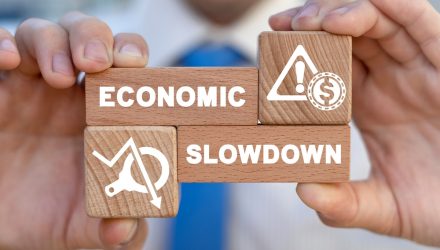Economic slowdown is starting to have a measurable impact on companies as FedEx reported a strong decline in package delivery worldwide and issued a warning of further economic impacts globally and in the U.S. for the remainder of the year, reported the Wall Street Journal. The package delivery giant is often seen as a bellwether for economic health and the demand reduction is a clear indicator that consumers and companies are both feeling the influence of higher inflationary prices and economic slowing driven by an aggressive Federal Reserve policy.
FedEx (FDX), which reports quarterly results this week, has issued warnings that the holiday season will likely be less than last year’s from a shipping perspective. It has raised prices, frozen hiring, and is closing many of its locations in response to the fall-off in demand.
Consumers have altered their purchasing habits as persistent, soaring inflation bites into household budgets and the cost of staples continues to rise. On the corporate end, many retailers are struggling with a glut of inventory and have reduced orders.
Some analysts believe that FedEx’s issues are specific to the company, but the downtrend in purchasing is an increasingly pervasive issue that could signal broad economic protraction as consumers and corporations alike contend with inflation and aggressive rate hikes from the Fed designed to slow the economy further.
Position for Economic Slowing With BNDD
It is a prudent time to invest and position portfolios for the economic slowdown that the Fed is creating through its rate-hiking regime. For investors who are looking to remain in long-duration Treasuries but are seeking better performance opportunities, the Quadratic Deflation ETF (BNDD) could be a solution.
BNDD is offered by KFA Funds, a KraneShares company, and is a fixed income, ESG-focused, actively managed ETF that seeks to benefit from lower growth, a reduction in the spread between short- and long-term interest rates, deflation, and lower or negative long-term interest rates.
“This fund has the potential to benefit when 30-year yields decline or when short-term rates rise. These are the sort of changes in interest rates one may expect if the Fed continues hiking or the economic outlook worsens,” KFA wrote in a July paper.

BNDD seeks to hedge against deflation risk while creating positive returns at times when the U.S. interest rate curve flattens or inverts. It invests in long-duration Treasuries with different maturities either directly or via ETFs that invest in Treasuries. The fund also uses options that are tied to the U.S. interest rate curve and are traded on the OTC market. These include long options, long spreads, and butterflies (an options strategy that uses both bear and bull spreads) in an attempt to limit loss by the fund and enhance returns.
BNDD carries an expense ratio of 0.96% with fee waivers that expire on August 1, 2023, and is actively managed.
For more news, information, and strategy, visit the China Insights Channel.

